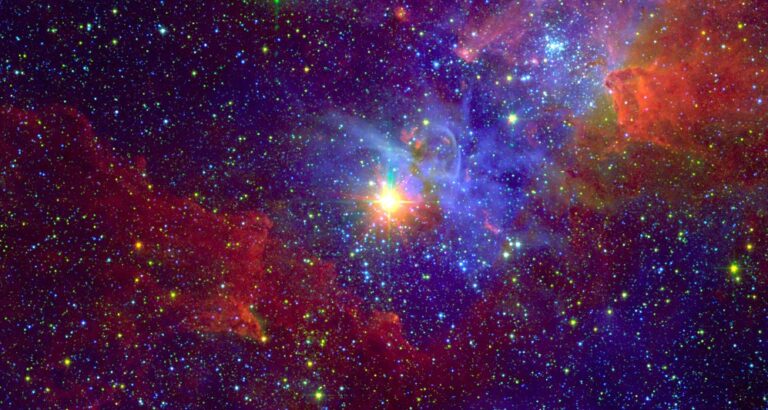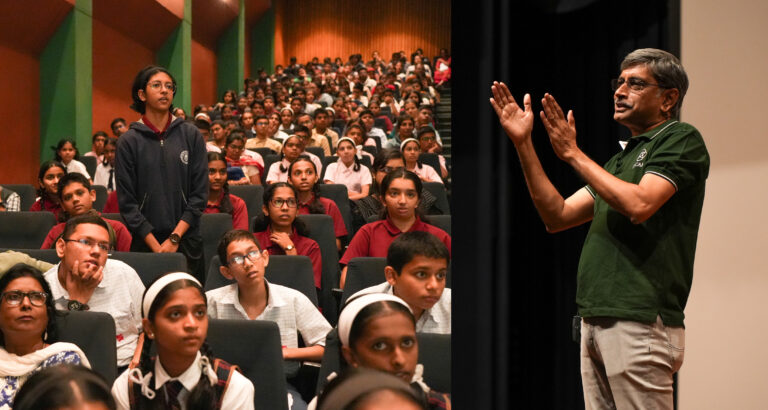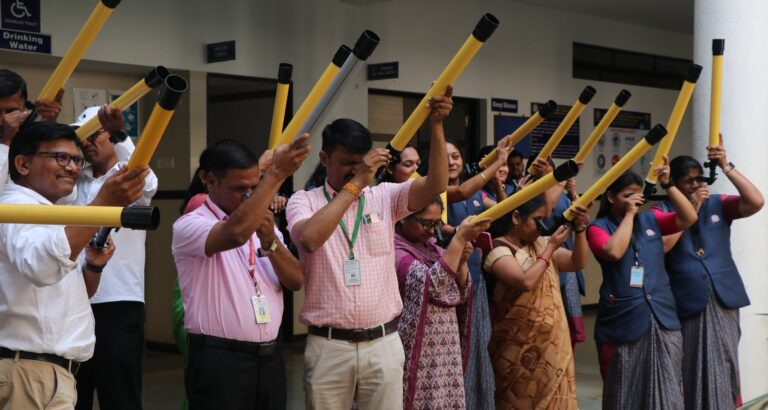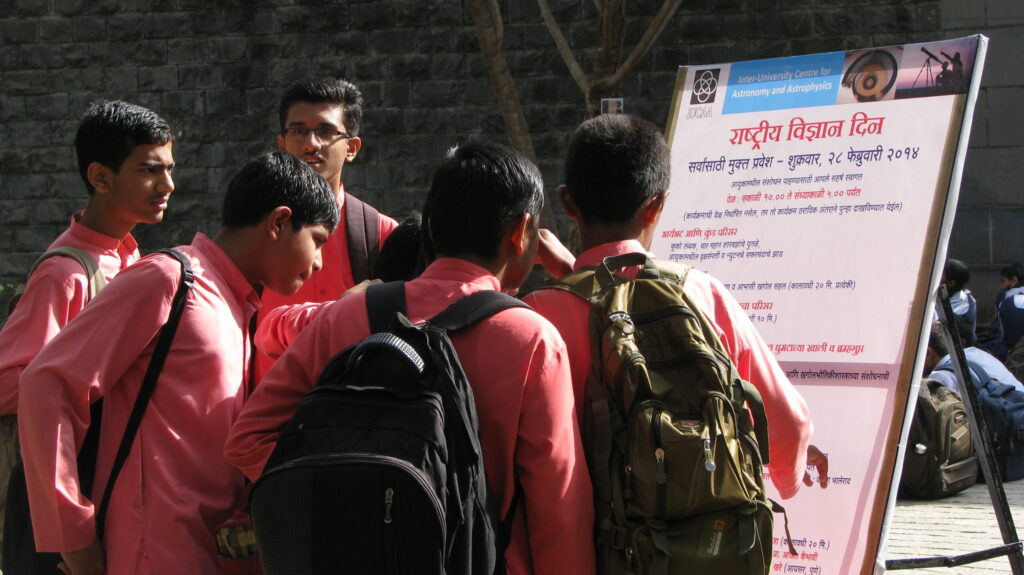New Challenges, New Innovations
The COVID-19 pandemic in 2020 and 2021 forced IUCAA to adapt. Instead of an in-person event, IUCAA hosted virtual lectures, live Q&A sessions, and online science workshops, reaching an even wider audience across India.
In 2022, IUCAA returned with a hybrid model, combining physical exhibits and online experiences. This ensured that even those from remote areas could participate. The event also introduced AI-powered space simulations, allowing visitors to “fly” through the universe.
As we move further into the decade, IUCAA continues to inspire, educate, and ignite scientific curiosity, proving that National Science Day is not just an event—it’s a legacy.
A Celebration That Keeps Growing
From a small quiz contest in 1991 to a massive science festival engaging 10,000+ visitors, IUCAA’s National Science Day celebrations have evolved into a beacon of scientific outreach in India.
With each passing year, IUCAA pushes the boundaries of engagement, accessibility, and innovation, ensuring that science remains exciting, inclusive, and ever-evolving.
What will the next decade bring? One thing is certain—IUCAA’s National Science Day will continue to shine as a celebration of curiosity, discovery, and the infinite wonders of the cosmos.





Leave a Reply